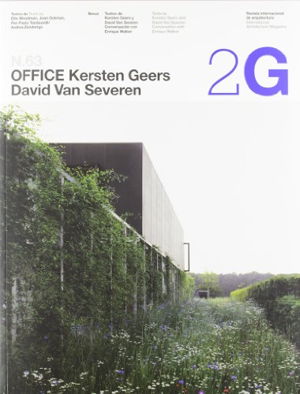
PublishedGili, November 2012 |
ISBN9788425224546 |
FormatSoftcover, 176 pages |
Dimensions30cm × 21cm |
For some time now Belgian architecture has been forging ahead as one of the most interesting in Europe. Following in the wake of more consolidated studios like Robrecht en Daem (2G N.55), Xaveer De Geyter or Stephane Beel is a new generation of top-notch architects such as De Vylder Vick Taillieu and OFFICE Kersten Geers David Van Severen itself.
With a track record stretching back ten years, the studio of Kersten Geers and David Van Severen has tackled all kinds of projects from a radical POV: quasi-utopian city proposals, frontier posts, single-family houses, government buildings, exhibition designs and pavilions. Their architecture has not only to do with the design solutions that emerge but depends on radical reformulations of the programme-such as emptying the Belgian Pavilion in the 2008 Venice Biennale of Architecture and filling it with confetti-rigid schemes in plan-like the square divided into nine of the villa in Buggenhout-the construction of spaces based on concatenated rooms (or enfilades)-like the weekend house in Merchtem-or the burying of the volume-as in their villa in Brussels or the design for the Kunstmuseum in St. Gallen.
This number of 2G contains three introductory texts written by the British critic Ellis Woodman, the American historian Joan Ockman, and the architects and editors of the magazine San Rocco Pier Paolo Tamburelli and Andrea Zanerigo. To complement these, the Nexus section includes texts by the architects themselves and an interview with Enrique Walker. All the buildings have been photographed by the superb Dutch photographer Bas Princen.

